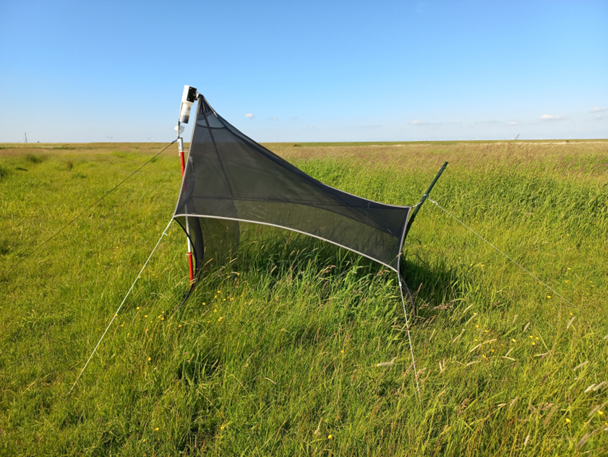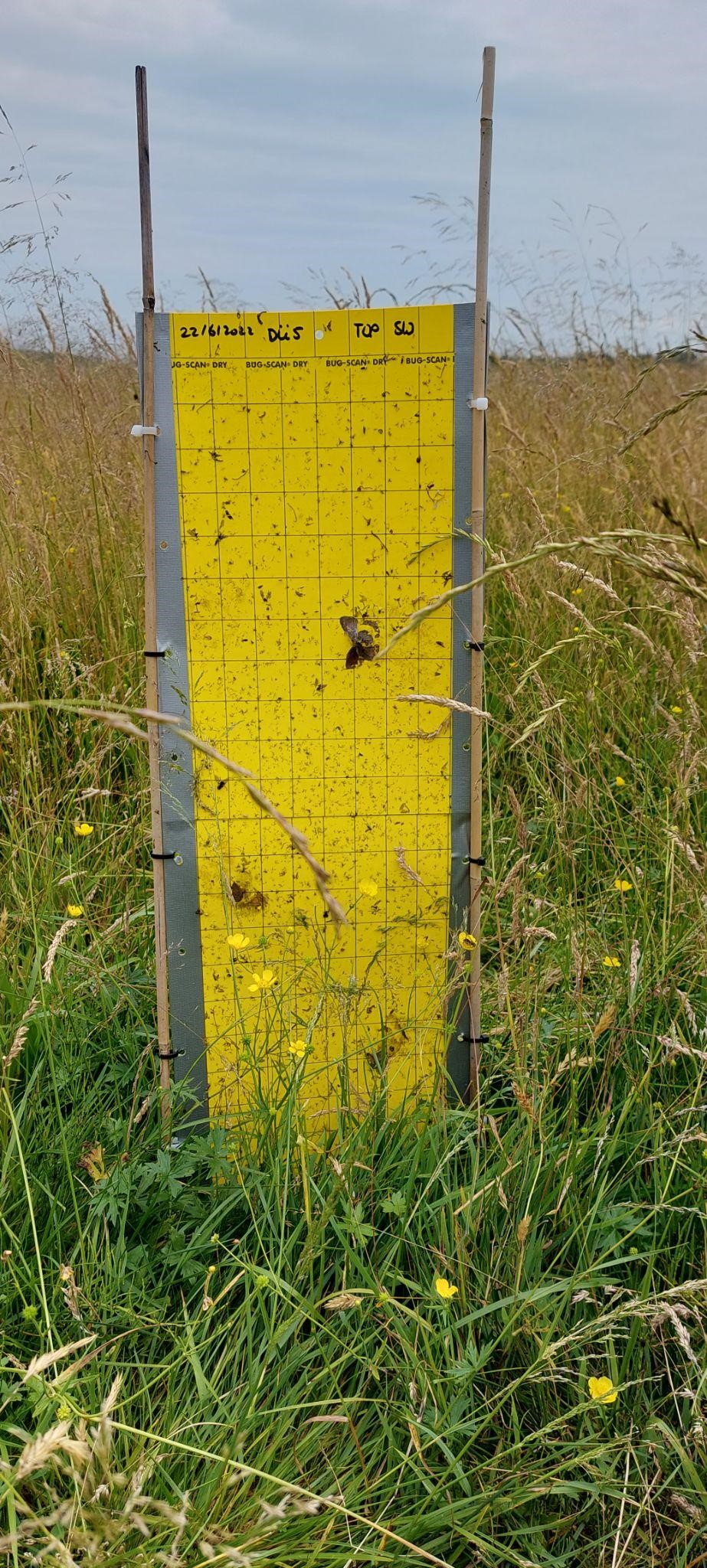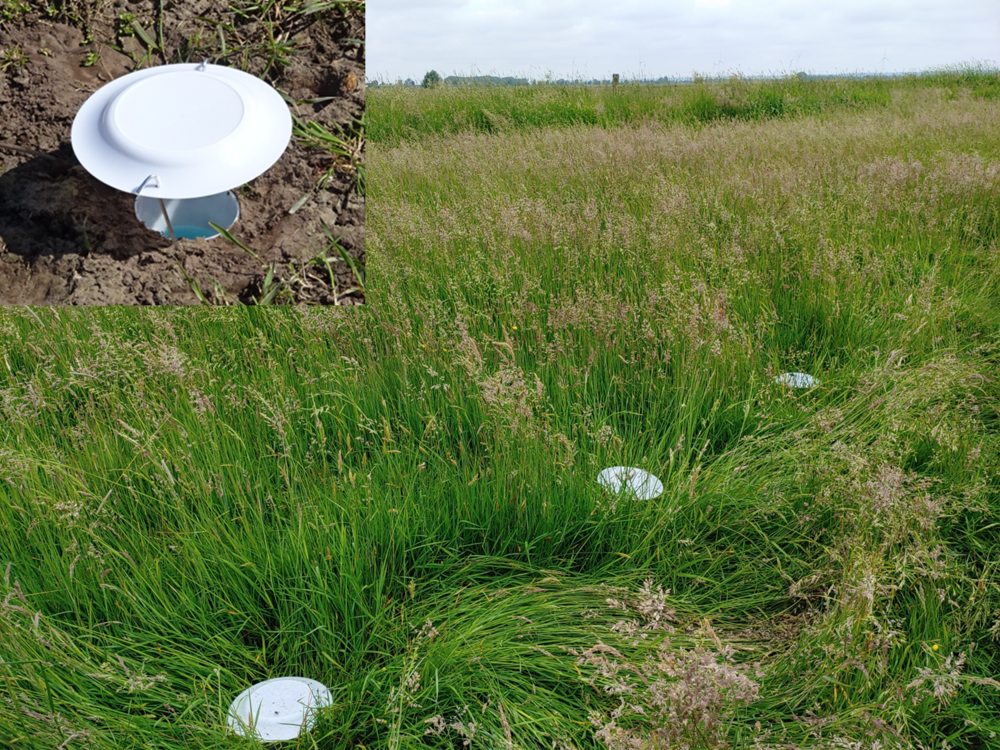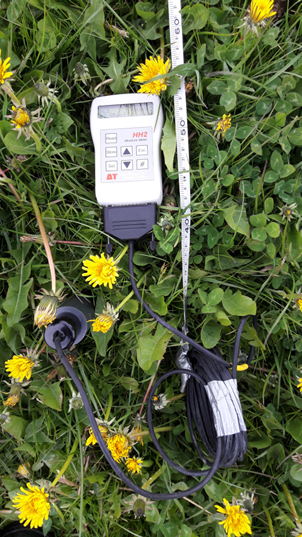The project
Insect monitoring
Meadow birds and insects
Our mission is to explore the impact of land-use intensity and wetland restoration on insect populations, which are essential food sources for meadow bird chicks. We want to find out if the current insect population declines also occur in rewetted wet grasslands and, if so, how to avoid them. Our study sites are the Unterelbe and Dümmer regions (Germany), as well as southwest Friesland (the Netherlands).
What have we found so far? Our preliminary results have shown intriguing insights into insect diversity and distribution. We have discovered exciting correlations between insect populations and environmental factors. However, there is still much to uncover!
How to monitor insects
Monitoring insects involves a variety of methods, e.g. sticky, Malaise, pitfall, and emergence traps. Using all these techniques together allows us to estimate population sizes and to identify different insect species. We also collect bird chick faeces in the field, which we then use to determine the insect species that are essential for the chicks by DNA analysis.
Apart from directly sampling insects, we also measure vegetation height, soil moisture, soil resistance, and air and soil temperature to understand the conditions that influence their habitats. In combination with weather station and remote sensing data, we assess the current conditions against the long-term average.
We also contribute to the further development of DIOPSIS insect cameras which are meant to count and recognize insects automatically. This is a collaboration between the project partners Province of Fryslân and University of Groningen.
The insect monitoring will proceed and continue into long-term monitoring and processing, which is critical to understanding patterns across multiple years. Ultimately, this will give us a comprehensive understanding of insect abundance and food availability for meadow bird chicks.



